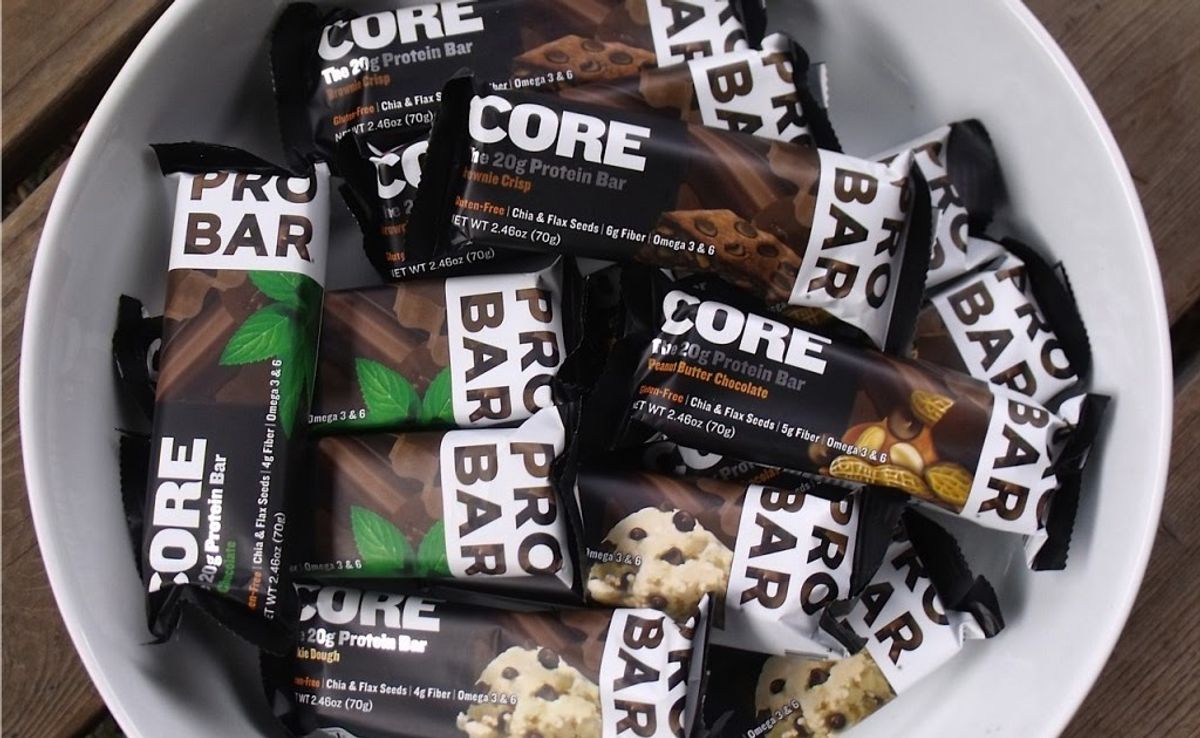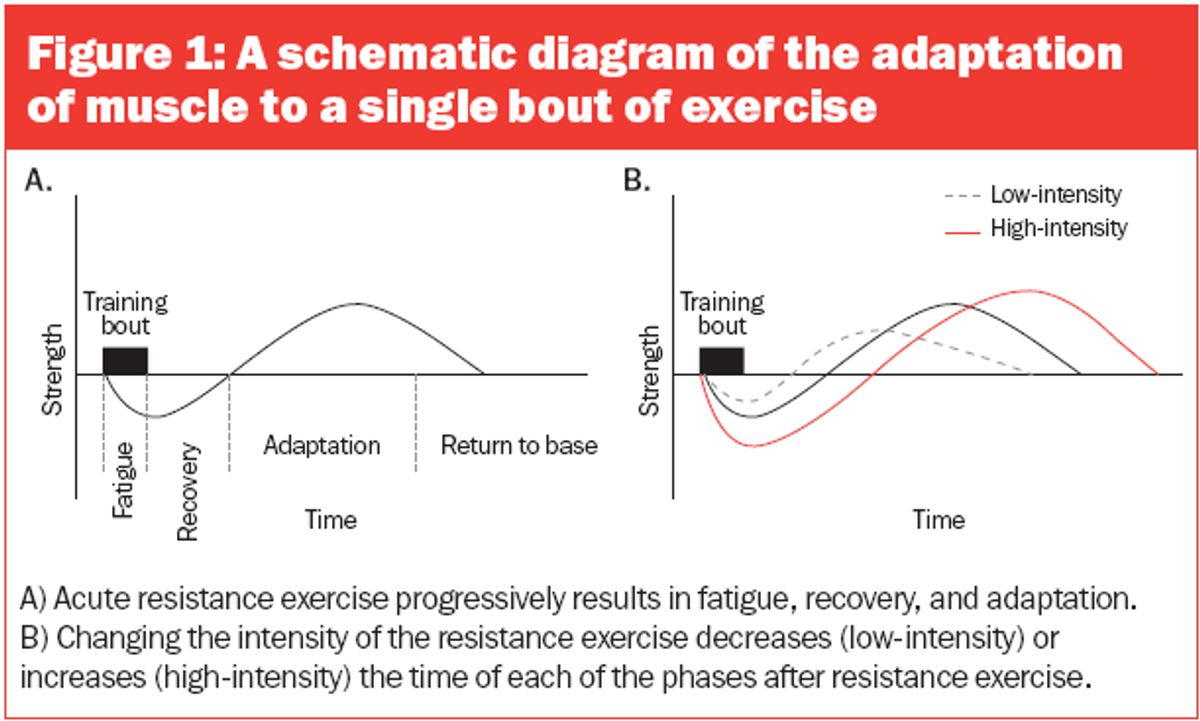
Upgrading Your Post-Workout Rituals for Better Recovery
Rethinking Your Cool-Down Routine

Why Slow and Steady Wins the Race
Ever dashed through a workout only to skimp on the cool-down? Big mistake. Slowing down post-exercise is crucial for recovery. It's not just about catching your breath; it's about giving your body the time to transition back to its resting state.
Cooling down gradually helps prevent dizziness and muscle stiffness. It's like telling your body, 'Hey, we're done with the heavy lifting, let's ease back into normalcy.' Here's a quick rundown of what a slow and steady cool-down can do for you:
- Reduces the risk of post-workout faintness or heart palpitations
- Decreases muscle soreness by gradually lowering lactic acid levels
- Helps in better waste removal from your muscles
Remember, a proper cool-down can be the difference between feeling like a champ or feeling like you've been trampled by one.
So next time, resist the urge to bolt from the gym. Take those extra minutes to wind down. Your body will thank you for it tomorrow.
Stretching: The Unsung Hero of Recovery
After a grueling workout, it's tempting to just crash on the couch and call it a day. But hold up—let's talk about stretching, the unsung hero that can make a world of difference in your recovery. Stretching helps to alleviate muscle tightness, improve flexibility, and can even boost your performance in the long run.
- Static stretches for major muscle groups
- Dynamic stretches to promote blood flow
- Time spent on each stretch (at least 30 seconds!)
Remember, stretching isn't just a cool-down activity; it's a vital part of maintaining your body's health and preparing it for the next workout challenge. So, next time you're tempted to skip it, think about the long-term gains you could be missing out on.
Breathing Techniques to Lower Your Heart Rate
After a grueling workout, your heart is racing and your body is in overdrive. It's crucial to bring your heart rate down to a resting pace to kickstart the recovery process. Deep breathing is a simple yet effective tool to achieve this. By focusing on your breath, you can activate your body's natural relaxation response.
Diaphragmatic breathing, or belly breathing, is a technique that can help. Here's a quick guide to get you started:
- Sit or lie down in a comfortable position.
- Place one hand on your chest and the other on your belly.
- Breathe in deeply through your nose, ensuring your belly rises more than your chest.
- Exhale slowly through your mouth, feeling the belly lower.
Consistency is key. Practice these breathing exercises daily, not just post-workout, to see a significant impact on your heart rate and overall calmness.
Remember, the goal is not to rush but to allow your body to gradually return to a state of rest. Incorporating these techniques into your cool-down routine can make a world of difference in how you recover and how you tackle your next workout session.
Nutrition: Refueling the Smart Way

The Power of Protein: Timing and Sources
Nailing the protein game isn't just about chowing down on chicken breasts; it's about when and where your protein comes from. Timing is crucial—your muscles are screaming for amino acids right after a workout, so aim to get a protein hit within 30 minutes to an hour post-exercise.
Quality matters just as much as quantity. Not all protein is created equal, so here's a quick rundown of some top-notch sources:
- Animal-based proteins: Think lean meats, fish, eggs, and dairy. They're complete proteins, meaning they've got all the essential amino acids your body needs.
- Plant-based proteins: Beans, lentils, tofu, and quinoa are great for those on a meatless mission. Just remember, most plant proteins aren't complete, so mix and match to cover all your amino acid bases.
Don't forget that protein isn't just for your muscles. It's a key player in immune function, hormone production, and other vital processes. So make sure you're getting enough, but not too much—excess protein can end up as wasted calories.
Hydration Hacks: Beyond Plain Water
Sure, water is the MVP of post-workout recovery, but let's mix it up a bit! Infusing your water with fruits, herbs, or electrolytes can not only enhance the taste but also boost your recovery game. Think of it as a spa day for your insides, giving your body the extra love it deserves after a tough workout.
Electrolytes are key players in rehydration, helping to replace what's lost in sweat. Here's a quick cheat sheet for making your own hydration booster:
- Coconut water: A natural source of electrolytes and a tropical twist to your drink.
- Cucumber slices: For a refreshing taste and extra hydration.
- Pinch of salt: Just a bit to replenish sodium levels without overdoing it.
Remember, staying hydrated isn't just about guzzling fluids post-workout. It's a day-long affair, so keep that fancy water bottle by your side and sip your way to better recovery.
Snack Ideas for Optimal Muscle Repair
Post-workout snacks aren't just a treat; they're a crucial part of the recovery process. The right snack can kickstart muscle repair and replenish energy stores, making your efforts count double. Aim for a mix of protein and carbs to fuel that recovery engine.
Protein is the building block of muscle repair, but carbs are the speedy delivery truck that gets it there. Here's a quick list of snack ideas that pack a punch:
- Greek yogurt with berries and honey
- Peanut butter and banana on whole grain toast
- Cottage cheese with pineapple
- A handful of almonds and dried cherries
- A protein shake with a scoop of oats
Remember, timing is everything. Try to eat within 45 minutes of your workout to capitalize on your body's anabolic window.
Mix and match these snacks to find what works best for you. And don't forget, hydration is key, so wash these down with plenty of water or an electrolyte-rich drink.
The Role of Sleep in Muscle Recovery

Creating a Sleep Sanctuary
Transforming your bedroom into a sleep sanctuary can be a game-changer for muscle recovery. The environment where you rest can significantly impact the quality of your sleep. Ensuring your bedroom is optimized for sleep isn't just about aesthetics; it's about creating conditions that promote uninterrupted, deep rest.
- Keep the room dark with blackout curtains or a sleep mask.
- Invest in a comfortable mattress and pillows that support your body.
- Maintain a cool temperature, ideally between 60-67 degrees Fahrenheit.
- Minimize noise with earplugs or a white noise machine.
- Banish electronics at least an hour before bedtime to reduce blue light exposure.
Remember, the goal is to create a tranquil space that signals to your body it's time to wind down. This means decluttering, choosing calming colors, and perhaps adding a few plants for a touch of nature.
Creating this sanctuary doesn't have to be an overnight overhaul. Start with one change at a time and gradually build your perfect sleep haven. Your muscles—and your mind—will thank you for it.
The Connection Between Sleep Cycles and Recovery
Understanding the connection between sleep cycles and muscle recovery can be a game-changer for your fitness routine. Quality sleep is crucial for muscle repair, as it's during the deeper stages of sleep that the body releases growth hormones responsible for tissue repair and muscle growth.
When you hit the hay, your body cycles through different stages of sleep, including light sleep, deep sleep, and REM (rapid eye movement) sleep. It's the deep sleep stage that's particularly beneficial for athletes. Here's a quick rundown of what happens during each stage:
- Light Sleep: Your body begins to relax, and heart rate slows down.
- Deep Sleep: This is the restorative phase where muscle repair and growth occur.
- REM Sleep: Brain activity ramps up, consolidating memories and learning.
Ensuring you cycle through these stages multiple times each night is key to waking up refreshed and ready to tackle your next workout.
Aiming for 7-9 hours of sleep per night is a good target, but it's not just about quantity. The quality of your sleep matters just as much. Avoiding caffeine before bed, sticking to a consistent sleep schedule, and creating a restful environment can all help in achieving restorative sleep. Remember, your muscles don't grow in the gym; they grow while you're snoozing!
Naps: Yay or Nay?
When it comes to muscle recovery, the power of a short nap can be a game-changer. Napping isn't just for toddlers; it's a strategic move for athletes too. A quick snooze can help reset your system, giving your muscles a moment to repair and your mind a break from the day's stresses.
Timing is everything when it comes to napping. You don't want to doze off too close to bedtime or for too long during the day. Here's a quick guide to get the most out of those precious zzz's:
- Keep it short: Aim for 20-30 minutes to avoid sleep inertia.
- Early afternoon is best: Post-lunch, pre-4 PM is the sweet spot.
- Set the scene: A dark, quiet place helps you fall asleep faster.
Remember, a nap is not a replacement for a good night's sleep, but it can complement your nightly rest and positively impact your recovery process.
So, are naps beneficial for athletes? Absolutely. But like any aspect of training, they should be used wisely. Listen to your body and give it the rest it needs, whether that's a solid night of sleep or a quick daytime nap.
Active Recovery: Gentle Movements for Rest Days
Yoga Poses for Athletes
Incorporating yoga into your rest days can be a game-changer for recovery and flexibility. Downward Dog, Warrior II, and Child's Pose aren't just for yogis; they're staples for athletes looking to maintain peak condition. Each pose targets key muscle groups that are often overworked during intense training sessions.
- Downward Dog: Stretches the hamstrings, calves, and shoulders.
- Warrior II: Opens the hips and strengthens the quadriceps.
- Child's Pose: Relieves tension in the back and shoulders.
Practicing these poses can help improve your balance and coordination, which are essential for any sport. It's not about twisting yourself into a pretzel; it's about finding the right stretch for your body's needs.
Remember, consistency is key. Even a short yoga session can contribute significantly to your recovery process.
The Benefits of a Leisurely Walk
Taking a leisurely walk on your rest days might seem too simple to be effective, but don't be fooled. A gentle stroll can work wonders for recovery, promoting blood flow to tired muscles without the strain of a high-impact workout. It's the perfect way to stay active while giving your body the break it needs.
Walking isn't just good for the body; it also clears the mind. Stepping out into fresh air can help reduce stress levels and improve your mood, making it a holistic approach to recovery. Here's a quick list of benefits you can expect from incorporating walks into your routine:
- Enhanced circulation
- Reduced muscle stiffness
- Increased joint mobility
- Mental clarity and reduced stress
Remember, the goal isn't to set records but to rejuvenate and prepare for the next workout. Keep the pace easy and enjoy the scenery.
So next time you're considering skipping a rest day activity, think again. A leisurely walk could be the key to bouncing back stronger for your next session.
When to Incorporate Low-Impact Cardio
Low-impact cardio isn't just a filler for your off days; it's a powerhouse for maintaining cardiovascular health without overstressing your body. Knowing when to slot in these activities can make all the difference in your recovery. Low-impact doesn't mean low benefit. In fact, it's quite the opposite. Activities like swimming, cycling, or using an elliptical machine can keep the blood flowing, delivering much-needed oxygen and nutrients to those tired muscles.
Timing is everything when it comes to low-impact cardio. Here's a quick rundown:
- After a heavy lifting day: to promote blood flow without additional strain.
- On rest days: to stay active and speed up recovery.
- When injured: to maintain fitness levels without aggravating the injury.
Remember, the goal is to recover, not to set personal records. Keep the intensity moderate; it's about staying in motion and giving your body the chance to heal.
Incorporating low-impact cardio should be intuitive—listen to your body. If you're feeling particularly worn out or sore, that's a sign to take it easy. On the flip side, if you're full of energy and your muscles aren't screaming, a gentle bike ride or a brisk walk might be just what you need to stay on top of your game without overdoing it.
Mindfulness and Mental Health Post-Workout

Meditation and Visualization for Athletes
Tapping into the power of the mind can be a game-changer for post-workout recovery. Meditation isn't just for the spiritually inclined; it's a practical tool for athletes looking to enhance their mental resilience and focus. By setting aside time to meditate, you're giving your brain the same level of care that you give your muscles.
Visualization techniques take this a step further, allowing athletes to mentally rehearse their success. This practice can lead to improvements not just in mental well-being, but also in physical performance. Imagine nailing that technique or shaving seconds off your best time—your mind can help make it a reality.
- Find a quiet space
- Set a timer for 5-10 minutes
- Focus on your breath
- Visualize your goals
Remember, consistency is key. Just like physical training, the benefits of meditation and visualization compound over time. Make it a non-negotiable part of your daily routine, and watch your performance soar.
Dealing with Post-Workout Blues
Ever finished a workout and felt a wave of sadness instead of that famed 'runner's high'? You're not alone. Post-workout blues can sneak up on anyone, and they're a real downer after you've just crushed your fitness goals. It's crucial to recognize that this is a natural response and can be due to a sudden drop in endorphins or the body's reaction to physical exhaustion.
Acknowledging your feelings is the first step towards managing them. Here's a quick list to help you bounce back:
- Take a moment to appreciate what you've accomplished, no matter how small.
- Connect with fellow gym-goers or friends who understand the struggle.
- Engage in an activity that brings you joy or relaxation post-workout.
Remember, it's okay to feel low after a workout. Giving yourself permission to feel whatever emotions arise can be incredibly freeing and is often the first step towards shaking off those blues.
If the blues persist, consider tweaking your routine. Maybe it's time to switch up your playlist or try a new fitness class to keep things exciting. The key is to stay connected with your body and mind, and to keep the post-workout experience positive and rewarding.
The Importance of Celebrating Small Victories
Recognizing and celebrating small wins is a crucial part of maintaining motivation and a positive mindset. Every rep, every mile, and every healthy choice contributes to your larger goals. It's easy to overlook these moments, but they're the stepping stones to your success.
Celebration doesn't have to mean throwing a party. It can be as simple as acknowledging your effort, treating yourself to a favorite snack, or taking a moment to reflect on what you've accomplished. Here's a quick list of ways to honor your daily workout achievements:
- Jot down your progress in a journal.
- Share your successes with a friend or on social media.
- Set a small reward for each milestone you reach.
Remember, the journey to fitness is a marathon, not a sprint. Embrace each victory along the way and watch how they add up to significant changes over time.


